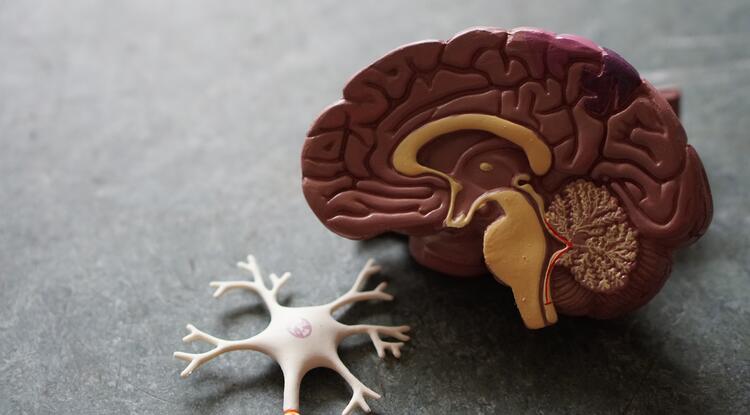-

- Jul 03, 2020
- Default Admin User
Earlier generations were taught that addiction is a moral failing only curable with punishment. More recent generations were taught that addiction is a disease. Addiction is a health issue better understood as neither a moral problem or a disease, but rather a learned disorder. Leading neuroscience author Maia Szalavitz explains this definition in her book, Unbroken Brain: A Revolutionary New Way of Understanding Addiction. She refers to addiction as a relationship to drugs that is reinforced and influenced by our brain’s natural hardwiring.
The disease model disempowers vulnerable people at a time when inner strength and support are critical. The twelve-step model says the first step of recovery is admitting powerlessness. The second and third steps are similar. Shouldn't the first step be recognizing harm and making a decision to take control of one's life? If addiction were a disease, I still wouldn't benefit from this advice.
Our inclination to escape pain and seek pleasure comes from a survival mechanism that lives in the amygdala, a central part of our brains often called the” lizard brain” or “monkey brain.” Our brains are capable of learning how to move away from discomfort more rapidly with each painful experience because these pain-pleasure memories are stored differently than other memories. Each time a traumatized teenager chooses alcohol over sports or arts or meditation, they are deeply encoding a piece of “software” that makes the decision to choose alcohol more automatic. The human brain isn’t fully capable of predicting consequences until about age 25, which means social-emotional learning and skills for coping with stress are especially important during our early years.
Struggling to meet basic economic needs, surviving abuse or disaster, enduring systemic bias, and adverse childhood experiences increase a person’s risk of developing or worsening a problematic drug relationship. People living in poverty, people of color, LGBTQ+ folks, homeless populations, people struggling to manage neurodivergence, and people with different abilities are more likely to be met with barriers to access treatment. These individuals are also more likely to be mistreated or not taken seriously when speaking with doctors and counselors. In short, their challenges worsen chaotic drug relationships and their ability to get help is compromised by prejudices in our education, criminal, and healthcare systems.
Simply by having a better understanding of addiction, society can better reduce drug-related harms and prevent problematic drug use. The policies we enact, the programs we design, the services we provide, and the research we conduct should first acknowledge that drug use itself is usually not the root of the problem. Rather, problematic drug use is a symptom of an underlying unmet need. And it's possible to address such an issue with the right tools and support.
Recommended:
Unbroken Brain: A Revolutionary New Way of Understanding Addiction, Maia Szalavitz
High Price, Dr. Carl Hart



